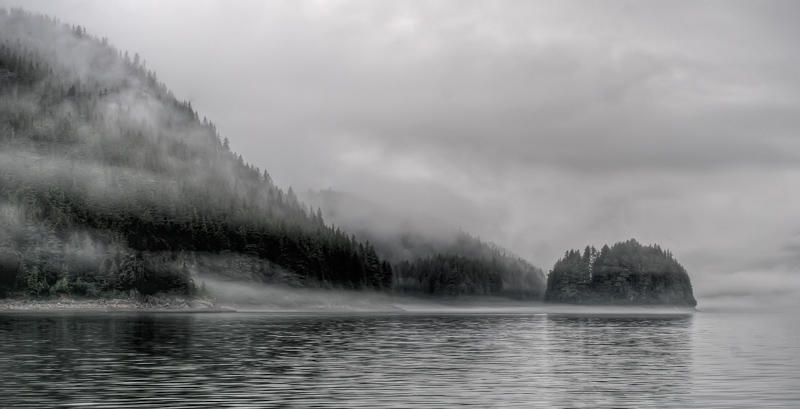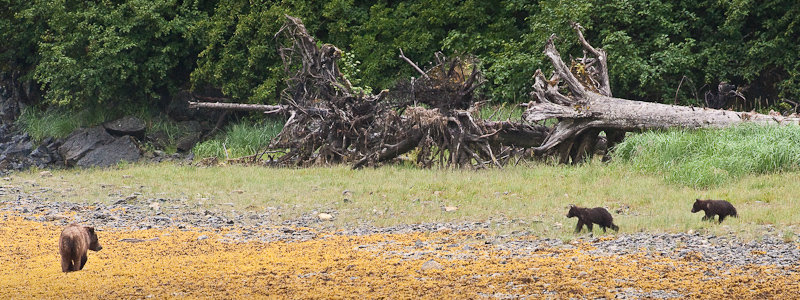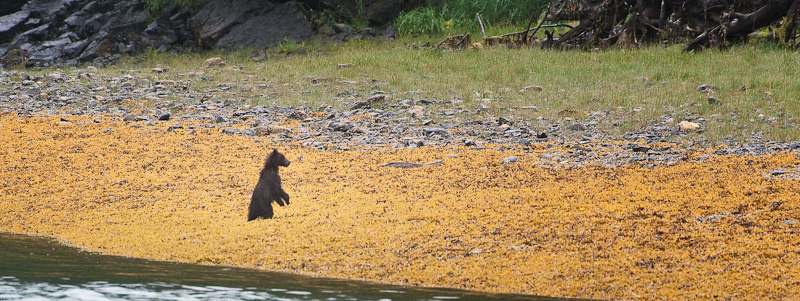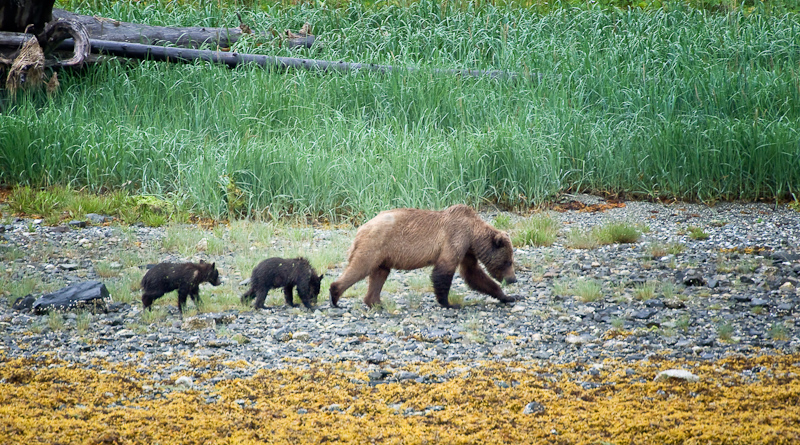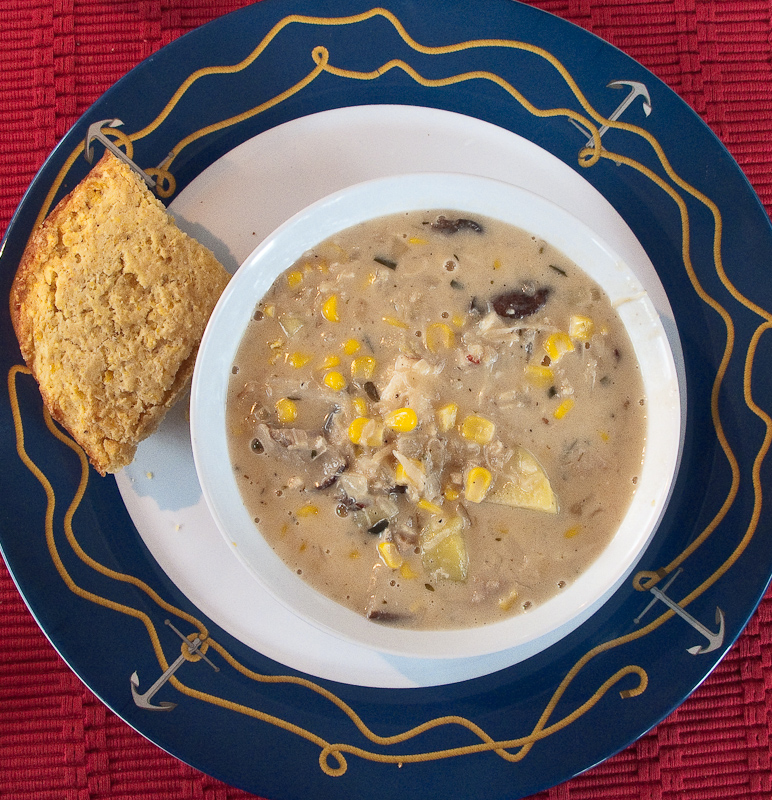Blue Mouse Cove to Reid Inlet
/(Karen writes) Yikes, what a miserable night we had in Blue Mouse. When we anchored earlier in the day, the winds were from the NE. However, about 11pm, they turned to the South. We should have gotten up, pulled the anchor and moved to the other side of the cove. However, we hoped the wind and seas would lie down in the nighttime. This was a faulty assumption. The fetch picked up, the boat was rocked from side to side, the anchor chain was making noise, and the waves were crashing on the boat. Bob ended up sleeping (or trying to) on the settee so he could see the anchor circle on the Nobeltec display and make certain he heard any anchor alarms going off. I tried to sleep but was unsuccessful. I swear I was awake every hour on the hour, between the noise, the waves, the rocking, and the anchor alarm that was set by the bed, which went off for no good reason all night long.
About 5am, we had both had it. We decided to get the hell out of Dodge. Bleary eyed, we realized one of us had to run to the flybridge to turn on the master Raymarine; normally a PITA but not dangerous. Today getting up there required the balance of a mountain goat. I did it, hanging on to everything and anything I could find. I was prepared to go on the heaving bow to raise the anchor, but we decided to do it from the safety and warmth of the cabin. This was our first time using the helm control station for the windless and it worked like a charm. We headed out to find greener pastures.
However, it was still cloudy and rainy and windy, so not much was green. Coupled with the fact that we both were sleep deprived, it was a sad Arctic Star that departed Blue Mouse. I suggested we head over to Tidal Inlet to see what we could see. Of course, this meant beam seas across the bay…sigh…Bob minimized the issue by tacking, and it wasn’t too long before we were out of most of the wind and seas in Tidal Inlet. This is a narrow inlet with steep-to sides, the location of the potential landslide that caused the Park Rangers to move their float from Blue Mouse to South Sandy Cove. We enjoyed the scenery despite the gloom as we went down to the head. On the way back, we saw a nice ledge with reasonable depth and we dropped the hook. It set well and within minutes we were both asleep. We slept in the peaceful inlet for 3 hours, and awoke at 10am feeling much better and with a more positive outlook on life. We had breakfast, and lazed around, and then headed out for Reid Inlet, which has a glacier at its head that is not tidal but on land, so you can dinghy up to it and check it out.
You got to find a picture on rainy days too
On the way up the Bay, we swung by Skidmore Cut to see the “whale carcass”. Yes, there is a whale carcass, and no, it wasn’t that exciting, at least when we went by. We heard from other boaters that they saw bears and wolves feeding on the carcass when they went by. Oh well.
As we neared Reid Inlet, the sun started to come out just over the glacier. It was lovely and guess who was there? The Mother Goose Fleet. Of course, they took all the great anchoring spots, but we found one too and were welcomed to the inlet. After getting anchored, Brian and Bill Douglass came over via dinghy to try and troubleshoot our stabilizer problem. How many men can you fit in a small engine room? It was fun to watch, though all our efforts were to no avail. However, we did help narrow down what the issue might be and hopefully the next charterers will have full use of the stabilizers once some new parts are put on in Juneau.
Stabilizer troubleshooting finished, we lowered the dinghy and headed for the glacier. We beached the dinghy on a falling tide (always a problem) and sort of did a mountain-goat walk, fording some streams and glacier outflow, to get to the face of the glacier and actually touch it. It was really cool, and really beautiful. There was a lot of water flowing from under the glacier and it made for good pictures.
The face of the Reid Glacier. Many miles of ice are behind this and out of sight from this low vantage point.
You never realize how much water comes out from a galcier until you get close. This was just one small outflow from the massive ice wall.
"I touched the face of a glacier"
"Me too"
When the tide goes out around here, it goes really fast!
Karen leads our tour of Reid Inlet
Neogaiting around the small bits of glacier in Reid Inlet
Glacier ice is very different than regular ice. Dense, clear and does wonders for any alcoholic beverage.
On the way back to the boat, we noticed some kayakers making a camp on the port side of the glacier…brr…can’t imagine that was as comfortable as Arctic Star! We also saw that the charter boat Safari Spirithad come into the inlet, and as we dinghied by, we spoke to a crew member who told us she was 105 feet long. This boat was anchored near the face of the glacier, and one of the Mother Goose boats, a 42’ Grand Banks, was off to her port side. The GB looked like a toy remote control toy boat given the scale – not only the scale of Safari Spirit, but the scale of the entire glacier and inlet. It’s something we’re still not used to in Alaska. I took a cool picture of that and hopefully it will show you what I mean.
Back on board, Bob made his famous curried chicken salad and we feasted before hitting the sack for more “catch up sleep”, enjoying a calm and nearly windless night after the rock and roll of Blue Mouse.


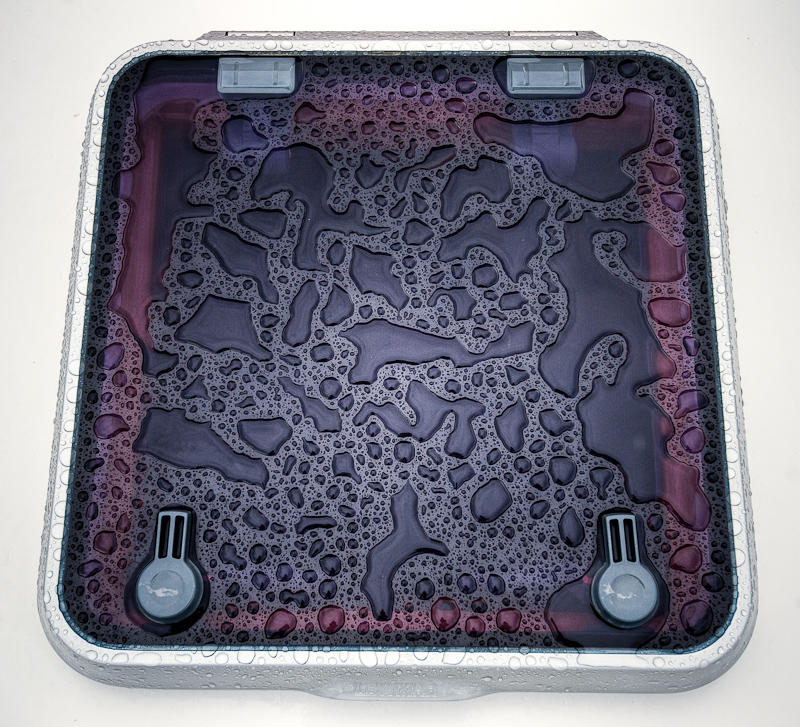
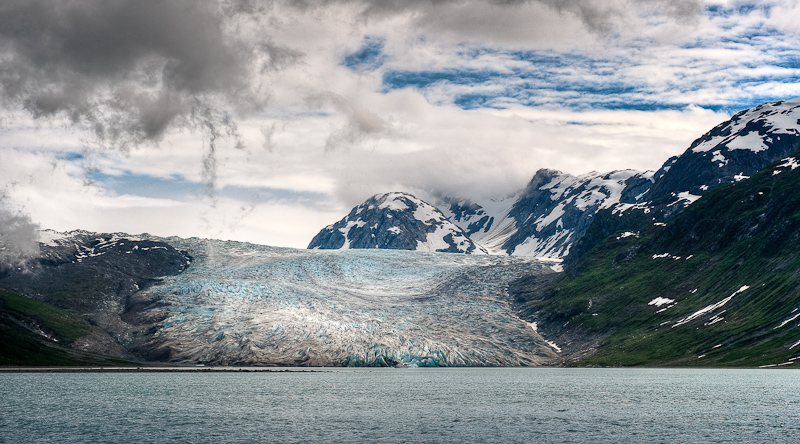
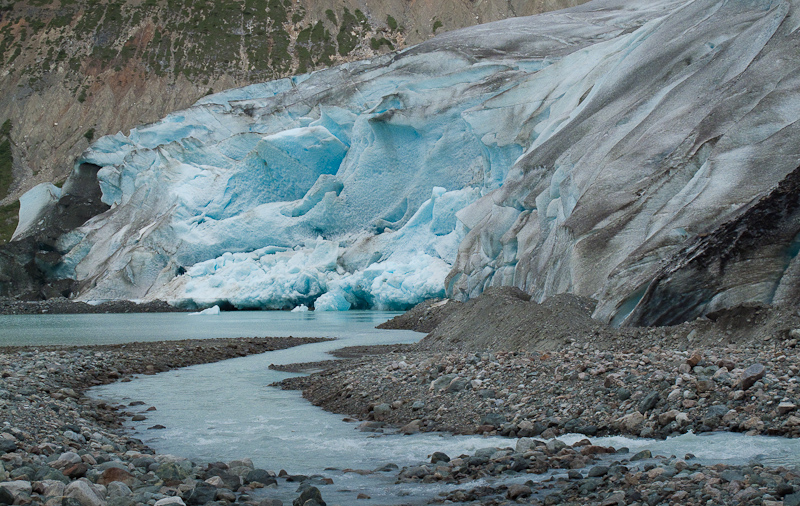
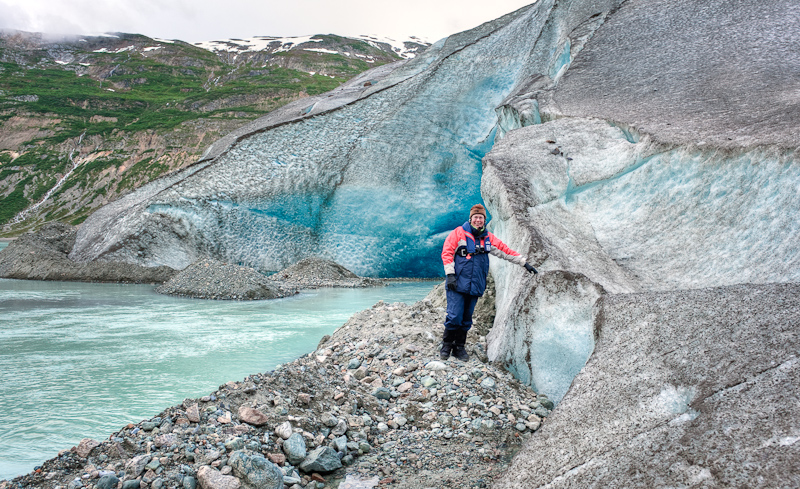
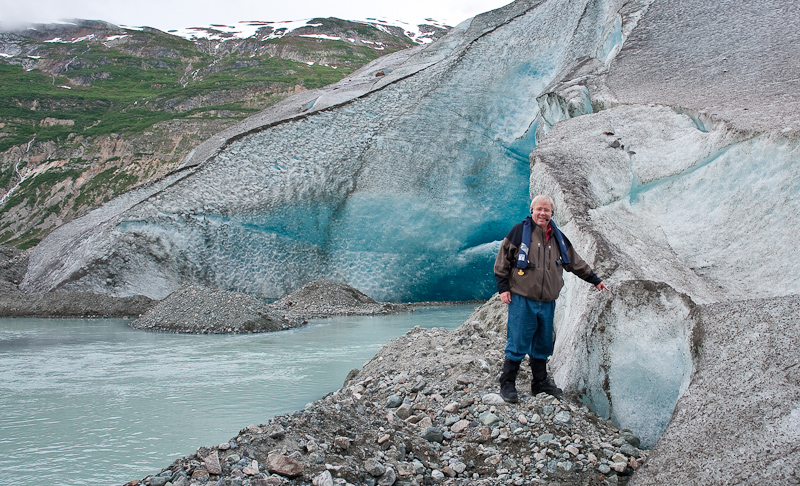
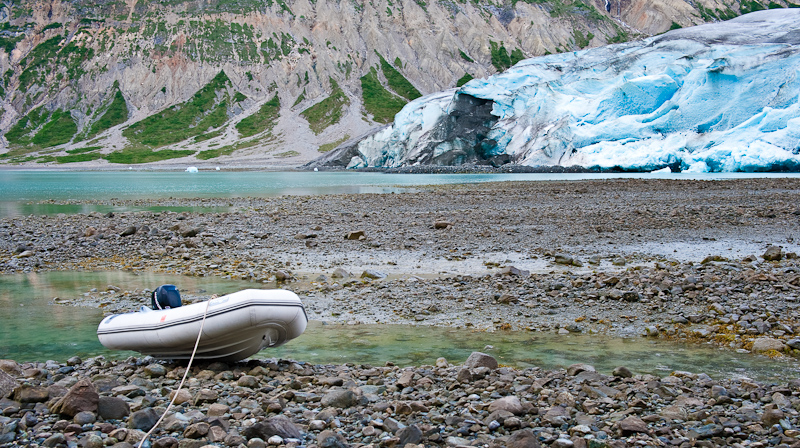

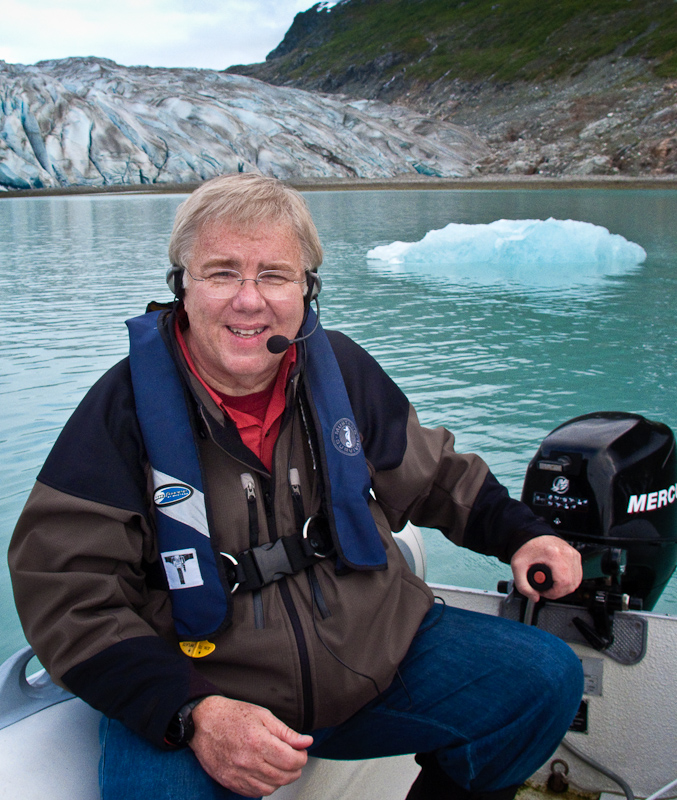
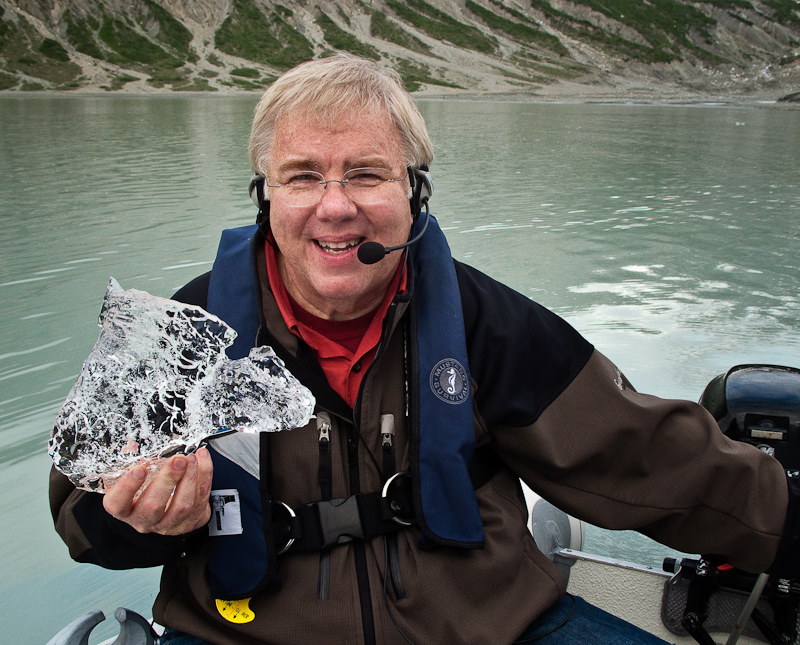
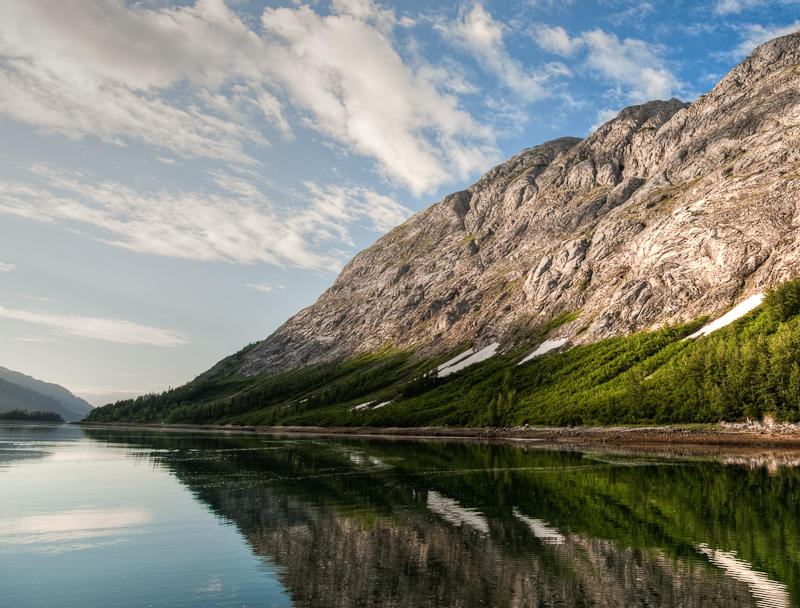
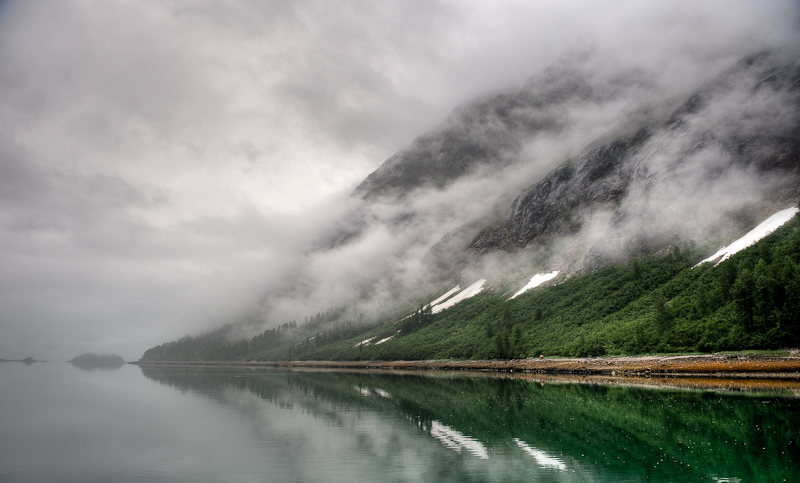
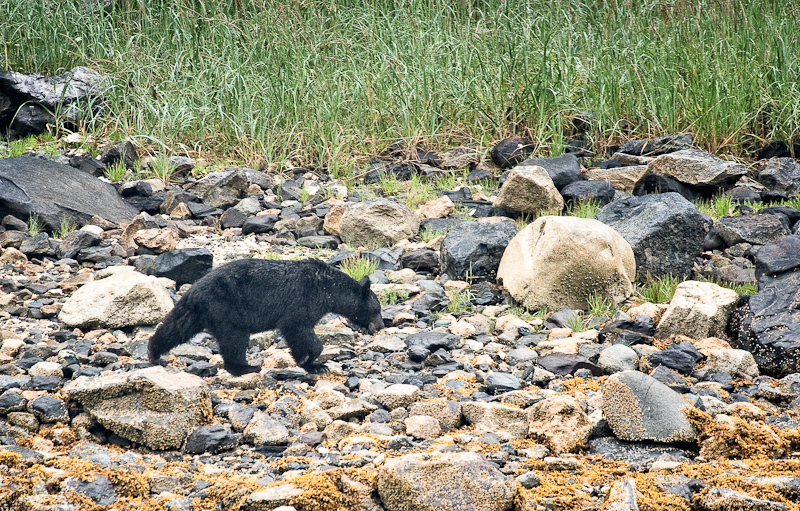
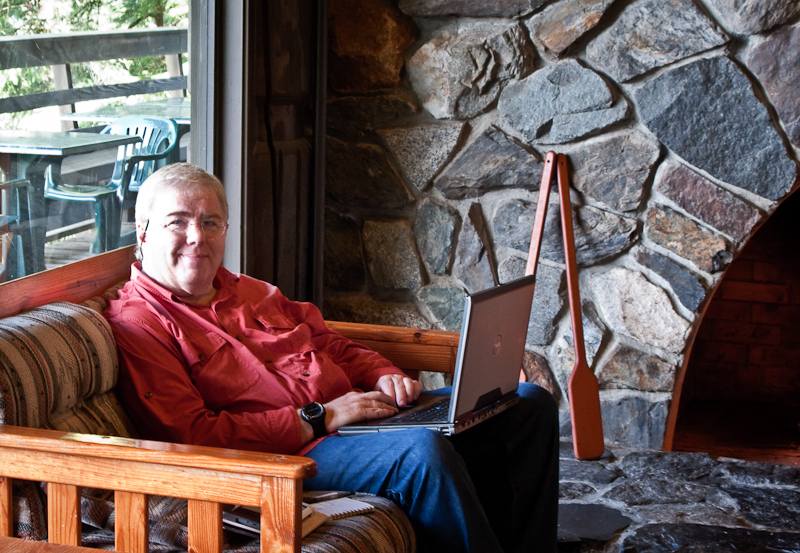
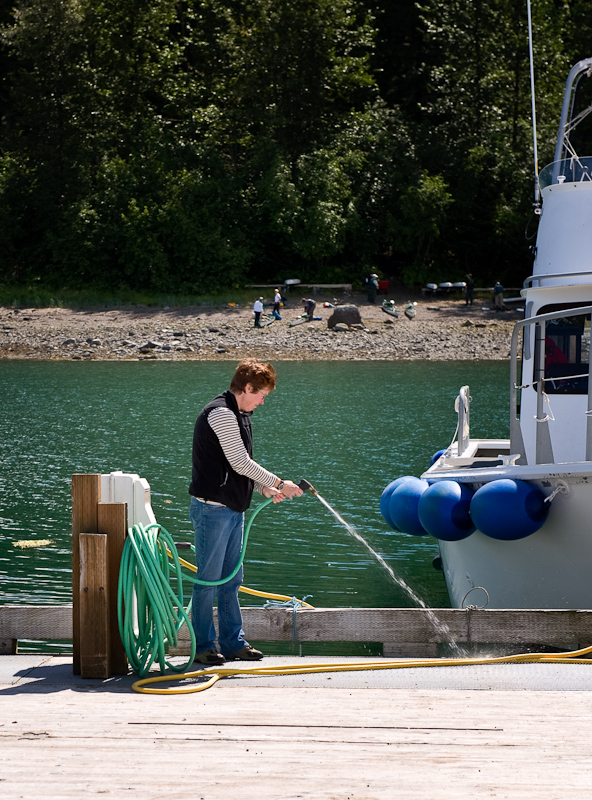
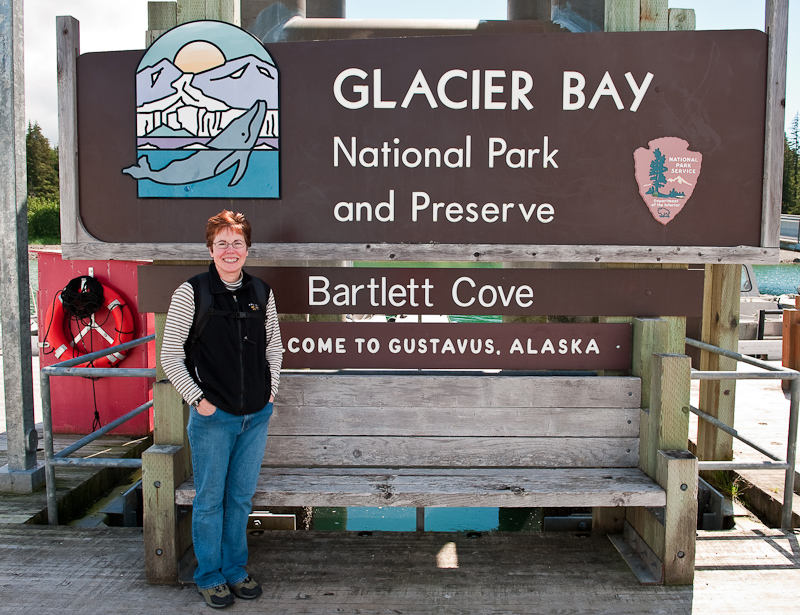
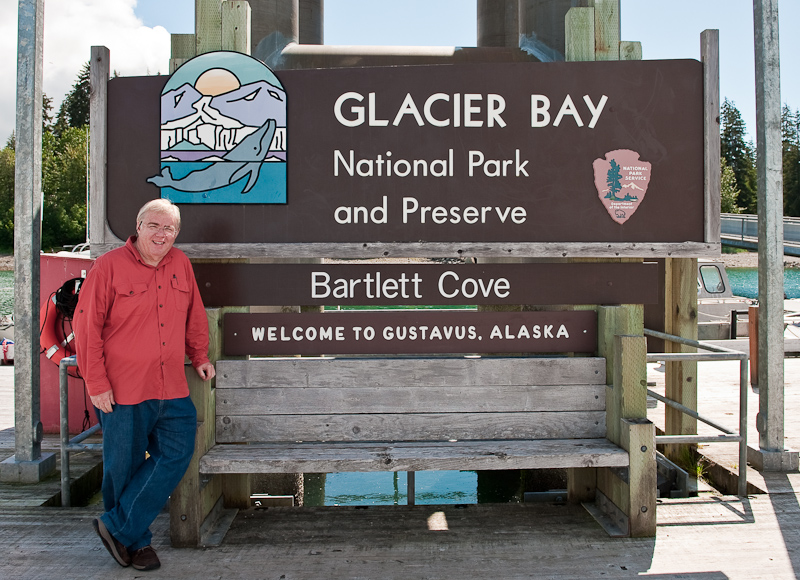

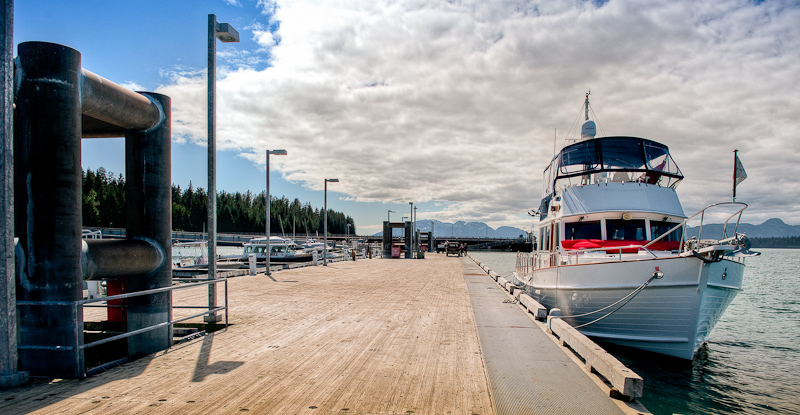
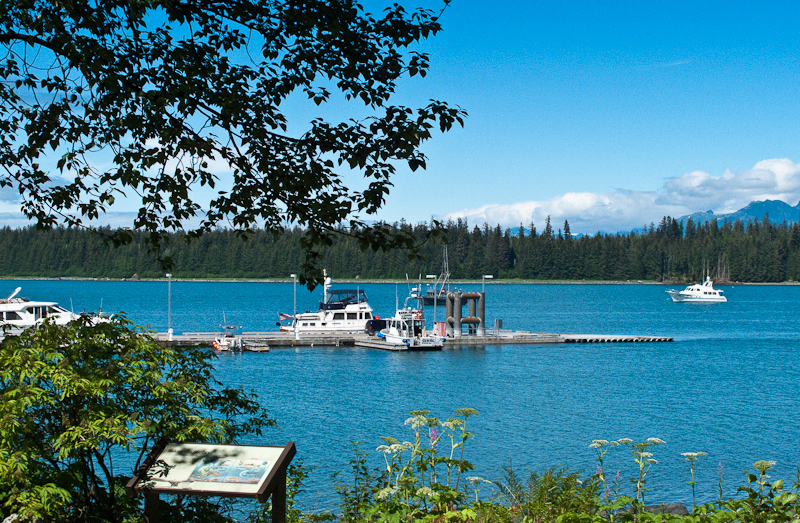

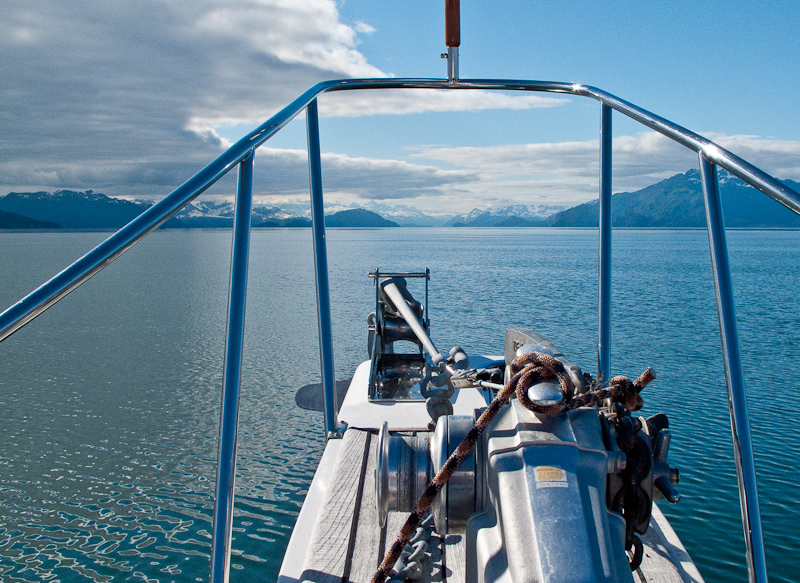
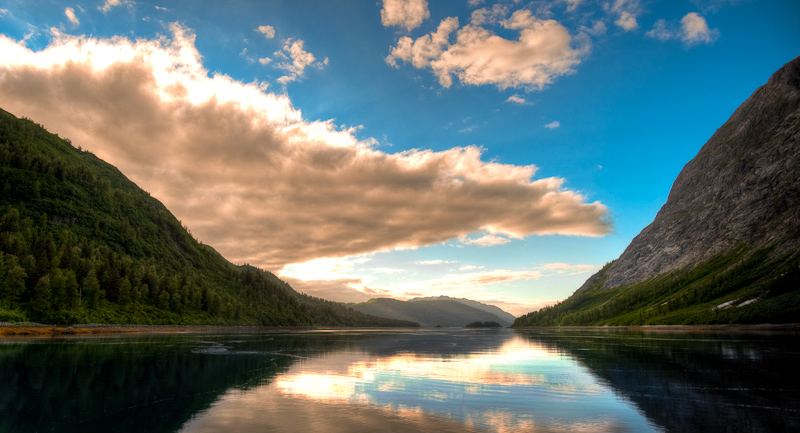
![[Group 1]-20100712_Dundas Bay_0140_1_2_3_4_20100712_Dundas Bay_0150_1_2_3_4-3 images](http://static.squarespace.com/static/520d2967e4b021ed6a2df042/520d2a6ae4b02d7cdbc637ca/520d2a78e4b02d7cdbc63e8e/1281006758000/Group-1-20100712_Dundas-Bay_0140_1_2_3_4_20100712_Dundas-Bay_0150_1_2_3_4-3-images.jpg?format=original)
